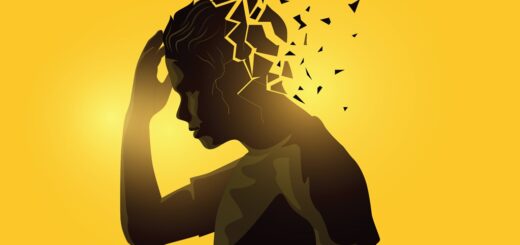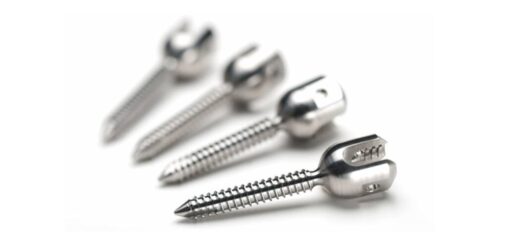Straight talk on arteriosclerosis and atherosclerosis
Atherosclerosis is preventable… Arteriosclerosis and atherosclerosis are the leading causes of heart disease and deaths in most of the world. Although sound like and are directly related, they are not exactly the same. In Life and Health we explain what you are, what relationship they have and what their risks, because when it comes to the heart is better to speak clearly.
When you are looking for information on Arteriosclerosis it is common that you also speak of Atherosclerosis, as if they were the same. They are the same? Not quite…
Arteriosclerosis means hardening of the arteries, a progressive condition that affects the blood vessels leaving the heart to deliver oxygen and nutrients to the body. Atherosclerosis is a type of arteriosclerosis, i.e. hardening of the arteries caused by an “athero” the Greek word for a plaque consists of fat and other substances, and covers the inner walls of the arteries.
The key difference is that the arteriosclerosis is the general condition and may be due, among others, to natural causes such as age. Instead the Atherosclerosis arises from a specific, totally preventable and treatable situation. Furthermore, it is a much more risky situation as the plaque that forms on the walls of arteries not only hardens but also can partially or completely blocks the passage of blood.
Why athero formed? Yet the exact causes of atherosclerosis are known. So far the most accepted hypothesis is that when you smoke, have hypertension (high blood pressure), diabetes or high cholesterol, the tissue covering the walls of the arteries, the endothelium, becomes damaged. When the endothelium is injured, cells called platelets accumulate on the injury to, in addition to fat, calcium and other cure cells circulating in the blood. The combination of all this forms a hard plate, a small bulge in the wall of the artery, which over time can increase in size by narrowing the space and limiting the flow of blood to reach completely block it. Or the plaque can rupture and peeling blood clots, which may also block (plug) an artery.
You may also like to read another article on AnxietyReduction: Natural Methods for Lowering Your Blood Pressure
Imagine what might happen if an organ or limb of your body stop receiving enough blood or receive blood stopped completely … It would be very serious! It could be severely affected or could even stop working. The effects vary depending on the affected artery. If you have atherosclerosis in the arteries to your arms or legs, they can hurt you or develop gangrene, which can even lead to require amputation. Or if the arteries leading to the brain are blocked, you can experience a stroke (cerebrovascular accident or CVA) or permanent brain damage.
And if you have atherosclerosis in coronary or (those that supply the heart) arteries, the consequences are even more serious because you can suffer a heart disease, including from an angina (chest pain), to a heart attack. And every year, just in the United States, approximately 900,000 people die from heart disease.
But do not lose hope regarding Atherosclerosis. The arteries harden not the overnight, and the formation of plaque can be prevented or stopped a healthy lifestyle. Even it can be treated with medication and / or surgery.
Do you think you’re at risk for Atherosclerosis? Talk to your doctor and get down to work.














